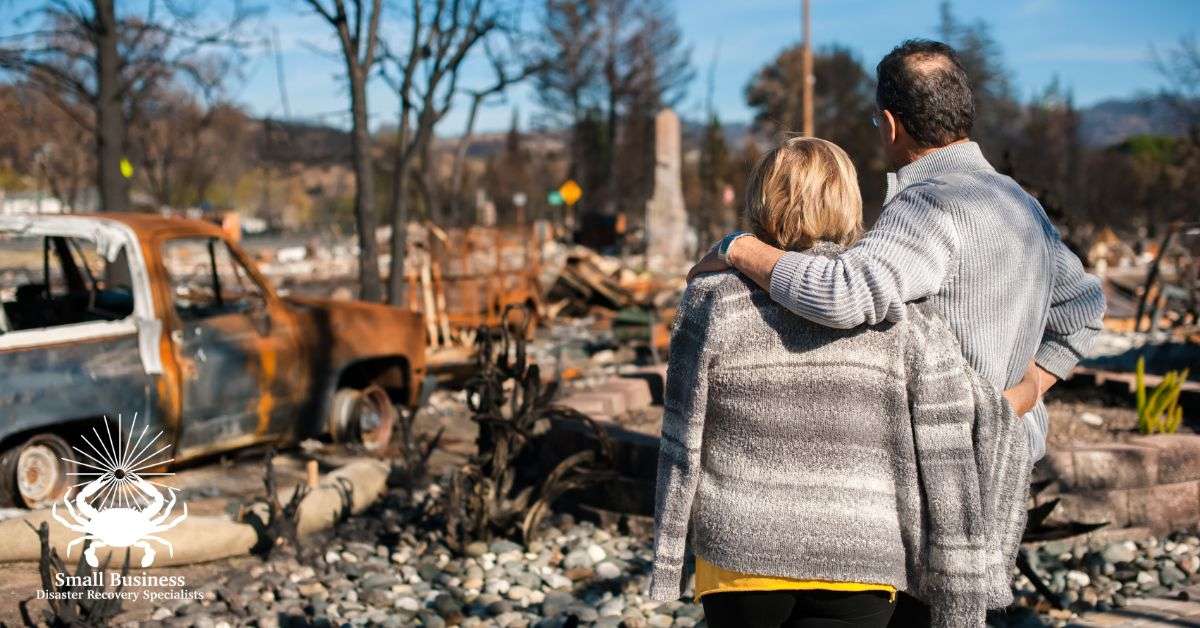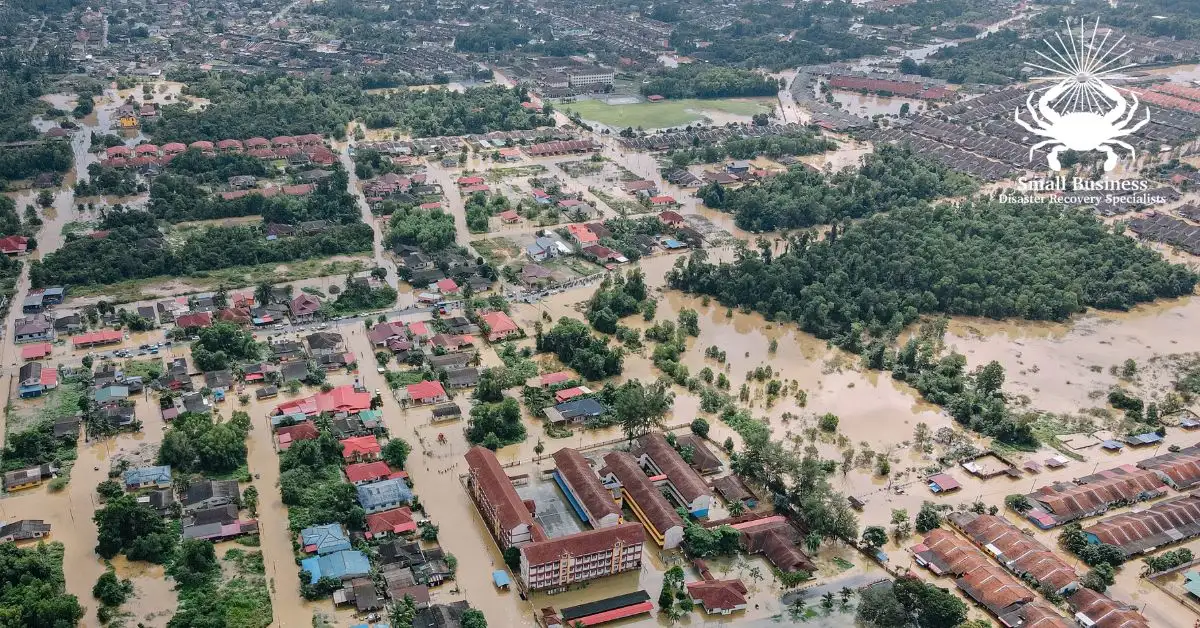As a small business owner, you’re likely aware of the importance of preparing for common risks such as natural disasters, cyber attacks and supply chain disruptions. However, there are also less conventional risks that can threaten the continuity of your business. In this article, we’ll explore strategies for mitigating unconventional risks that small businesses may face to ensure resilience and continuity.
Employee Burnout and Mental Health
Employee burnout and mental health issues can significantly impact small businesses, leading to decreased productivity, increased absenteeism and higher turnover rates. To mitigate this risk, it’s essential to prioritize employee well-being and create a supportive work environment. Encourage open communication, provide resources for mental health support and promote work-life balance to prevent burnout and maintain a healthy workforce.
Supply Chain Disruptions
While supply chain disruptions are not uncommon, they can take various forms beyond the typical challenges of delays or shortages. Unforeseen events such as geopolitical tensions, trade disputes or extreme weather conditions can disrupt supply chains, directly affecting a small businesses’ ability to obtain essential goods and materials. To mitigate this risk, diversify your supply chain, maintain good relationships with suppliers and have contingency plans in place to address disruptions quickly.
Reputation Damage
In today’s digital age, reputation damage can occur rapidly and have far-reaching consequences for small businesses. Negative reviews, social media scandals or public relations crises can tarnish your brand’s reputation and erode customer trust. To mitigate this risk, prioritize customer satisfaction, respond promptly to feedback and complaints and actively manage your online presence through social media monitoring and reputation management strategies.
Data Breaches and Cyber Attacks
While data breaches and cyber attacks are becoming increasingly common, small businesses are often perceived as easy targets due to their limited resources and cybersecurity measures. A data breach can result in the loss of sensitive customer information, financial losses and reputational damage. To mitigate this risk, invest in robust cybersecurity measures, such as firewalls, encryption and employee training, to protect your business’s data and prevent unauthorized access.
Regulatory Compliance Issue
Small businesses must navigate a complex landscape of regulations and compliance requirements, which can vary depending on the industry and location. Failing to comply with regulatory requirements can result in fines, legal penalties and reputational damage. To mitigate this risk, stay informed about relevant regulations and seek professional advice to ensure compliance with applicable laws and regulations.
While small businesses face numerous conventional risks, it’s essential to consider less conventional risks that can threaten business continuity and resilience. By proactively identifying and mitigating unconventional risks, small business owners can better prepare for the unexpected and safeguard their businesses against potential threats. At Small Business Disaster Recovery Specialists, we specialize in helping small businesses develop comprehensive risk management strategies to mitigate risks and ensure business continuity. Contact us today to learn more about our services and how we can help your business prepare for the unexpected. Visit https://smallbusinessdrs.com/ to learn more.







